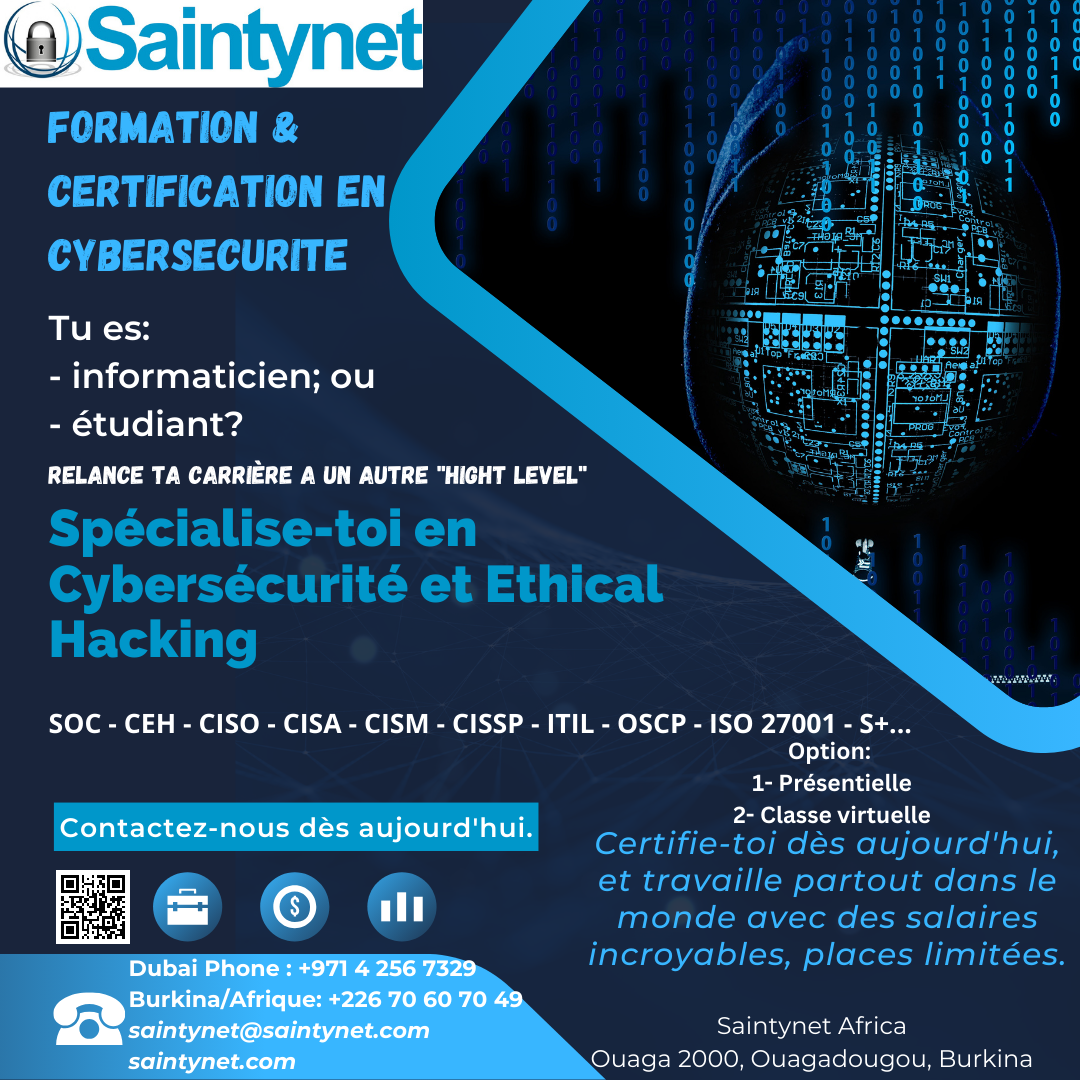The ever-evolving landscape of cyber threats demands constant vigilance and adaptation. A recent incident involving a China-linked hacking group targeting the MITRE Corporation’s Networked Experimentation, Research, and Virtualization Environment (NERVE) underscores this reality.
This article delves into the details of the attack, explores the technical aspects of the RootRot webshell employed, and provides actionable advice to organizations on fortifying their defenses against such threats.
MITRE Breach Exposes Widespread Exploitation of Zero-Day Vulnerabilities
In April 2024, the MITRE Corporation disclosed a security incident affecting their NERVE platform. The attackers, believed to be affiliated with a China-linked hacking group, gained initial access by exploiting two zero-day vulnerabilities (CVE-2023-46805 and CVE-2024-21887) within Ivanti Connect Secure, a unified endpoint management (UEM) solution.
This incident raises serious concerns about the expanding arsenal of zero-day vulnerabilities exploited by sophisticated attackers. Zero-day vulnerabilities are unknown software flaws for which no patch exists, making them particularly dangerous.
The Root of the Problem: Deconstructing the RootRot Webshell
Following the initial compromise, the attackers deployed a previously undocumented webshell dubbed “RootRot.” Webshells are malicious scripts that provide remote access to a compromised system, allowing attackers to execute commands, steal data, and maintain persistence within the network.
Here’s a breakdown of some key characteristics of the RootRot webshell:
- Golang Development: RootRot is written in Golang, a popular programming language known for its efficiency and cross-platform compatibility. This makes it more difficult to detect compared to traditional webshells written in scripting languages like PHP or Python.
- Base64 Encoding: The webshell code is encoded in Base64, a common obfuscation technique that makes it harder for security tools to identify its malicious nature.
- Modular Design: RootRot appears to be modular, allowing attackers to add functionalities through plugins, potentially enhancing its capabilities.
- Command Execution: The webshell enables attackers to execute commands on the compromised system, granting them control over critical tasks.
- Persistence Mechanisms: RootRot may possess persistence mechanisms to maintain access even after a system reboot.
Beyond Zero-Day: Strategies to Mitigate Webshell Attacks
While zero-day vulnerabilities pose a significant challenge, organizations can implement strategies to minimize the impact of webshell attacks:
- Patch Management: Prioritize timely patching of vulnerabilities as soon as security updates are released. Consider deploying vulnerability scanning tools to identify and prioritize patching needs.
- Network Segmentation: Segmenting your network into smaller zones can limit the lateral movement of attackers within your system, even if they gain initial access.
- Web Application Firewalls (WAFs): Deploying WAFs can help detect and block malicious traffic targeting web applications, potentially preventing webshell deployment.
- Endpoint Detection and Response (EDR): Implementing EDR solutions can provide real-time monitoring and investigation capabilities, allowing organizations to detect suspicious activity and respond swiftly to potential webshell deployments.
- Least Privilege Principle: Enforce the principle of least privilege, granting users only the minimum access level required to perform their tasks. This can minimize the potential damage if a system is compromised.
- Web Server Hardening: Harden your web servers by disabling unnecessary services, removing unused components, and keeping server software updated.
- Regular Security Audits: Conducting regular security audits can help identify vulnerabilities within your systems before attackers exploit them.
- User Awareness Training: Educate your employees on cybersecurity best practices, including phishing email identification and secure password management.
- Threat Intelligence: Stay informed about the latest cyber threats and vulnerabilities by subscribing to reputable threat intelligence feeds.
- Incident Response Planning: Develop a comprehensive incident response plan to ensure a swift and coordinated response if a webshell attack occurs.
Conclusion: Building Resilience in the Face of Evolving Threats
The MITRE network intrusion incident serves as a stark reminder of the evolving tactics of cybercriminals. By understanding the technical aspects of threats like the RootRot webshell and implementing the security recommendations outlined above, organizations can build stronger defenses and enhance their resilience against zero-day attacks and webshell deployments. Remember, cybersecurity is an ongoing process. Constant vigilance, adaptation, and collaboration are crucial to safeguarding your critical systems and data in an ever-changing threat landscape.




